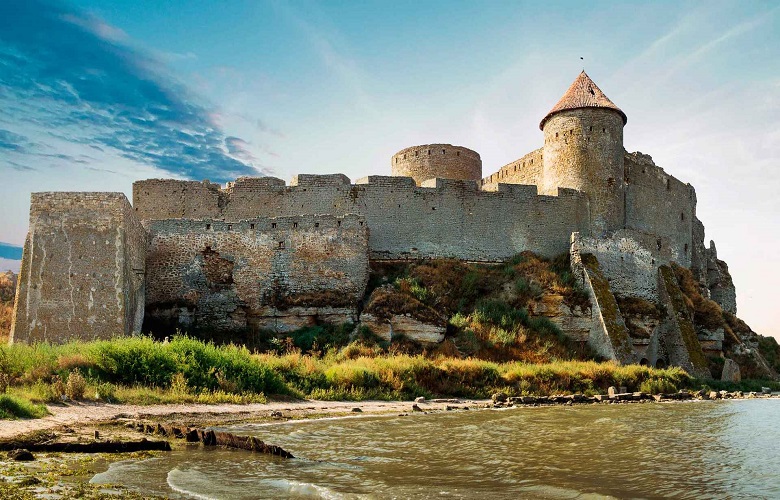Turkey's Involvement in Restoring Ukraine's Akkerman Fortress 14th century

Experts from Turkey will inspect the unique preserved 14th-century fortress in Akkerman, Odesa Oblast, after which a tender for its restoration will be announced.
This was announced by the Odesa Regional Council on social media.
Akkerman Fortress is a unique monument of defensive architecture from the 13th to the 15th century, a valuable object for scientific research and cultural-touristic use, widely known beyond Ukraine.
The restoration aims to make it a more popular tourist attraction and attract the attention of both local and foreign visitors.
For this purpose, Grigoriy Didenko, the head of the Odesa Regional Council, and the Consul General of Turkey in Odesa, Birey Yilmazsoy, held a working meeting regarding the progress of the project 'Emergency Anti-Accident Restoration Measures on the Structures of Akkerman Fortress in the city of Bilhorod-Dnistrovskyi.'
The parties discussed issues related to a new tender for the restoration works under this project.
The previous contractor, who won the tender, did not provide the necessary documentation on time, so the tender has been canceled for now.
The head of the regional council suggested that Turkish companies registered in Ukraine also participate in the competition.
Grigoriy Didenko and Birey Yilmazsoy agreed on a joint visit of experts from Turkey and representatives of the regional council directly to Akkerman Fortress to inspect its territory and the objects that require restoration.
After that, a new tender will be announced.
Akkerman Fortress was built in the 14th century on the remains of the ancient city of Tyras. It is located 70 kilometers from Odesa and is the historical center of Bilhorod-Dnistrovskyi in Ukraine. For many centuries, the city was an important defensive and political center under different states.
Initially, the fortress was constructed to strengthen the borders of the Principality of Moldavia. Only in the 15th century did the Ottoman Empire's forces attempt to storm the fortress three times, each time without success. It was not until 1484 that the Turks managed to capture the fortress by storm, and Akkerman remained under the rule of the Ottoman Empire for the next 328 years.
Famous Cossack leaders such as Dashkevich, Pokotylo, Loboda, and Sіrko led their troops to its walls.
The history of the fortress is associated with three Russo-Turkish wars. On December 1, 1806, the Turks surrendered it without a fight to the forces of De Richelieu. Since 1812, these lands of Lower Dniester became part of the Russian Empire.
In 1832, the fortress lost its strategic significance, and in 1896, it was declared a historical and architectural monument. Since then, it has served as a civilian object.
In 1918, Bilhorod was captured by the Romanians. It remained under the Kingdom of Romania until 1940. It briefly became part of the Ukrainian Soviet Republic, but from 1941 to 1944, the city belonged to the Kingdom of Romania again. In 1944, Bilhorod was occupied by Soviet troops. The city was renamed Bilhorod-Dnistrovskyi, and the fortress became a museum-reserve as part of the Ukrainian Republic.